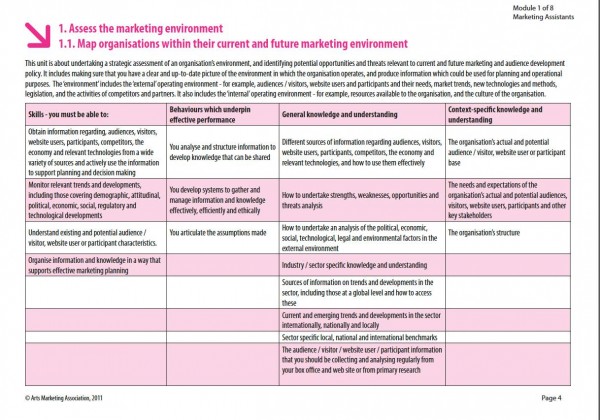I was speaking about arts careers at a high school career day today. The high school had been really good about sending out information packets with suggested topics to cover with the students (what skills do you need, what type of education is required, what classes should you be taking right now).
I have done a few of these in the last couple years but it was only after today’s session that I started to think about what arts people should be doing when they get the opportunity to speak to students about arts careers. There are guides written about presenting testimony to government entities and speaking to businesses about the benefits of the arts. There is a lot written on getting the arts back in schools, but not a lot has been created on the subject of advocating arts careers, or even just for taking arts classes after graduation, to middle and high school students.
This might present a significant challenge given that the students may not have had many arts experiences or at least recognize it as such. Unlike adults who might view the arts as having value in the context of the economic health of an area even if they do not often attend themselves, students may not have developed many impressions at all.
One of the reasons I started thinking about this is that I shifted my approach somewhat mid-stream today. While I think the result was better than what I had planned, I think there is still plenty of room for improvement. Maybe those of you focused more on arts education have worked all this out already and can provide some guidance.
I worked up a powerpoint presentation with images of what we do at the theatre now, including the ways our students are making their own opportunities. I also had job descriptions from various positions in performing and visual arts – production managers, art handlers, outreach assistants, etc to show students that there were opportunities beyond just performing.
The first session went pretty well from my point of view at the time and I got through the slides. The second session took a little longer to go through the slides. By the third session I had basically abandoned the slides and only showed 2 or 3 for the remaining two sessions of the day.
Essentially I went from talking to them to having a conversation with them about what they were doing now arts wise, what they wanted to do with their careers, why they didn’t want to pursue their artistic interests as a career and for those who did want to pursue it, what factors were standing in their way. I made this shift partially out of a realization that I wasn’t practicing what I am trying to preach about engaging audiences and partially because the questions they were asking pointed toward concerns in these areas.
In the process, I came to realize that a lot of the claims about the skills and abilities of the Millennial generation are a little inflated by the media. These kids are pretty much like I was in high school, a little unsure of themselves and appreciative of the wisdom of others (and just as practiced at exhibiting disinterest). Yes, they will probably grow up and outstrip the accomplishments of those who preceded them, but we old farts still have something of value to offer at present.
We had discussions about parents not being supportive of aspirations and wanting their kids to be lawyers. I talked about developing portfolios of your work and creating speculative pieces to showcase talent since they won’t necessarily have pieces they have created for a job. We talked about creating your brand both online and with face to face networking and housing your portfolio of work online for people to reference. (Which surprisingly didn’t seem to have occurred to many of them.)
I also gave them some tips about how to create opportunities for themselves to exhibit their talent. How to approach people with resources they may need, what those people may expect from them and how and work out mutually beneficial arrangements.
What was interesting to me was that in this age of television shows like American Idol which make it seem like success is achievable in terms of weeks rather than years, there were really very few students who were absolutely sure that they would make it. While there were a few people who said that they wouldn’t pursue their artistic interests as a career due to impracticality or low income potential, most simply lacked confidence in their own abilities.
My underlying message to everyone was to stay in school (naturally) and the benefits of different disciplines for their careers – liberal arts and social sciences so you can understand what motivates people; science to gain the skills to examine situations objectively as well as understand the properties of materials one might work with as an artist; business and law/contracts to understand how to protect your interests.
Ultimately, of course, I kept pressing the idea that you had to nurture your artistic passion and creativity in whatever you pursued. Fortunately, the teacher had a guitar in the classroom which helped to reinforce that concept.
So what else can you say to students preparing to go to college who may not have ever really experienced or thought about the value/place of arts and creativity in their lives to awaken their minds to the possibilities?



There is another way. The Gewandhaus Leipzig in Germany (concert venue) offers flex- tickets for a small premium. Not an…